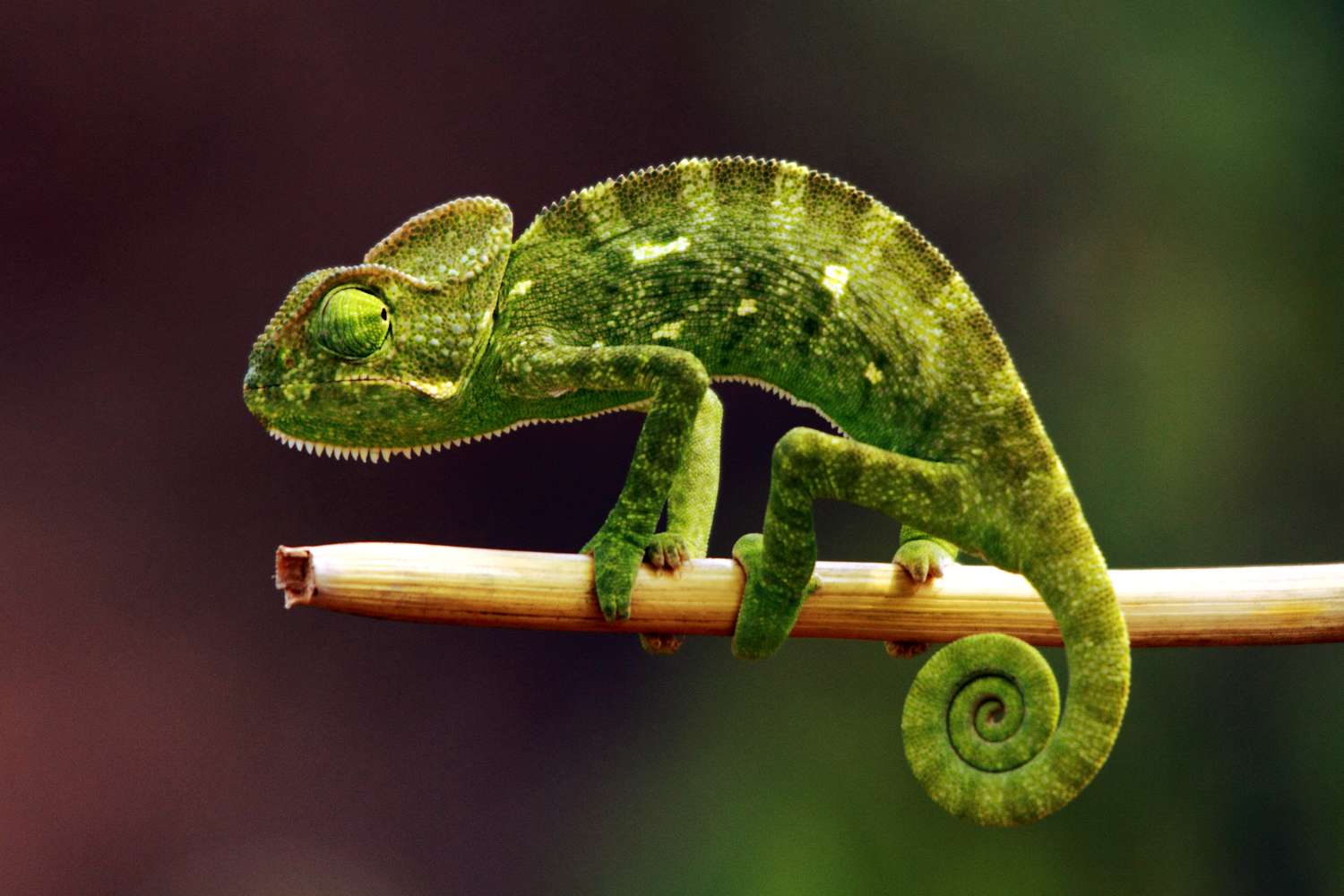
When you think of a chameleon, you probably imagine a color-shifting lizard perched on a branch. But did you know there are over 200 species of chameleons, each with its own quirks and colors? From palm-sized tree-dwellers to giants of the forest, chameleons come in a surprising variety of shapes, sizes, and habitats.
Let’s explore some of the most intriguing types of chameleons you might not know about:
1. Parson’s Chameleon (Calumma parsonii)
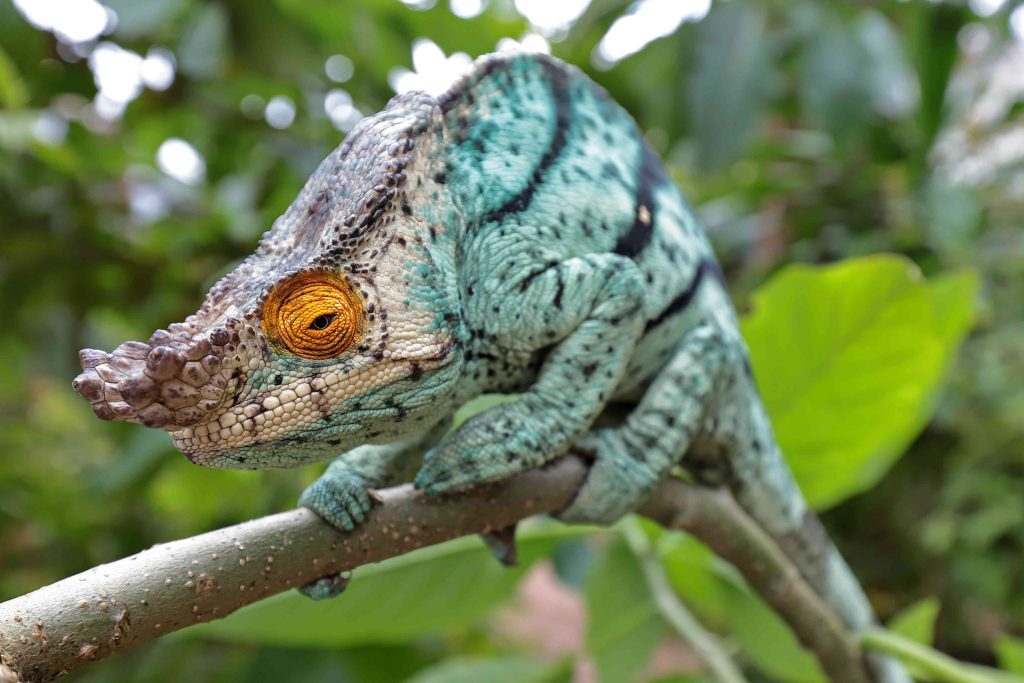
- Where: Madagascar
- Why it’s amazing: One of the largest chameleons in the world, Parson’s chameleon can reach up to 27 inches long. It’s slow-moving but striking, with vivid turquoise or green coloring and large, expressive eyes.
- Fun fact: It can live over 10 years in the wild—unusually long for a chameleon!
2. Panther Chameleon (Furcifer pardalis)
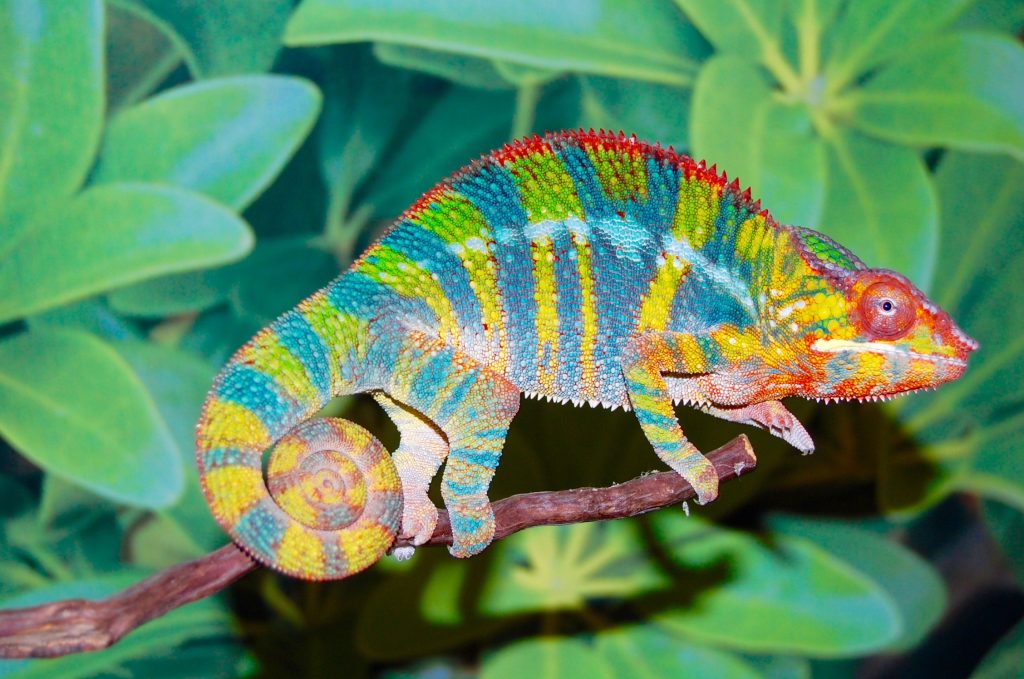
- Where: Madagascar (especially the northern and eastern coasts)
- Why it’s amazing: Known for brilliant, multi-colored patterns, the panther chameleon’s colors vary dramatically by region, ranging from red and orange to blue, green, and purple.
- Fun fact: Males are much more colorful than females and use those colors to impress or intimidate.
3. Jackson’s Chameleon (Trioceros jacksonii)
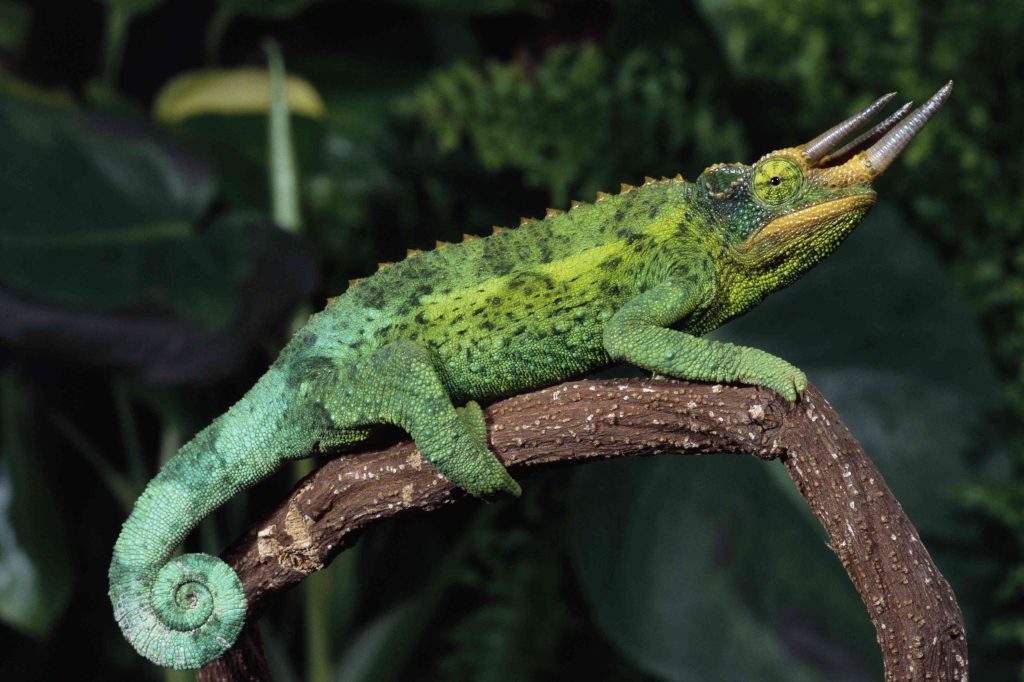
- Where: East Africa (Kenya, Tanzania), introduced to Hawaii
- Why it’s amazing: Often called the “three-horned chameleon,” males have horn-like projections on their noses that make them look like miniature triceratops.
- Fun fact: Unlike most reptiles, females give birth to live young instead of laying eggs.
4. Pygmy Chameleons (Genus: Rhampholeon and Brookesia)
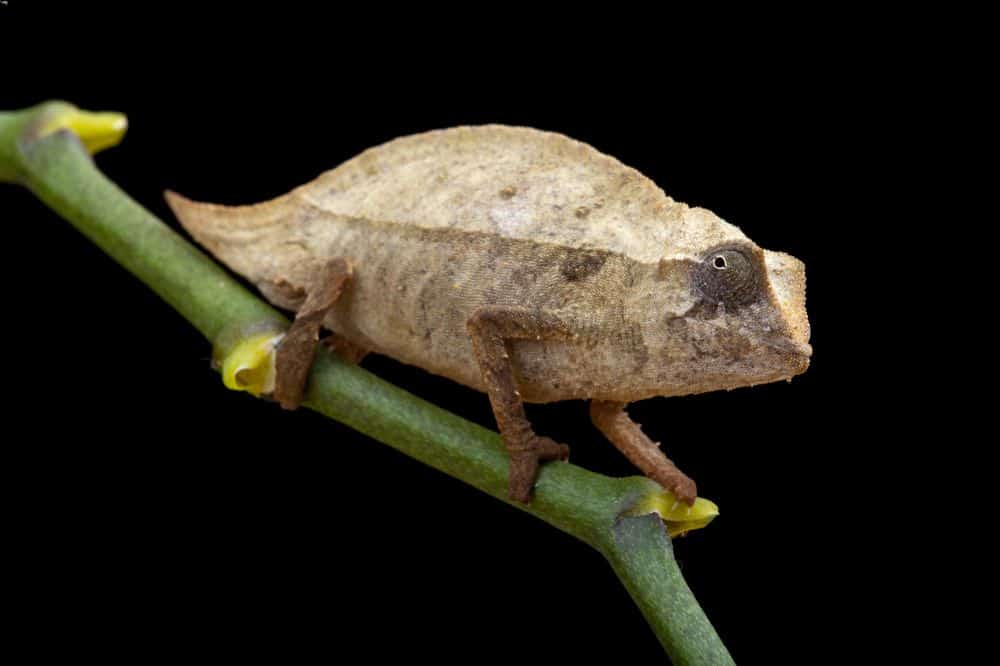
- Where: Mainly Madagascar and Central Africa
- Why they’re amazing: These tiny ground-dwellers are barely 1–3 inches long and are masters of camouflage, blending in with leaves and forest floor debris.
- Fun fact: Some species are among the smallest reptiles on Earth—tiny enough to fit on your fingernail.
5. Meller’s Chameleon (Trioceros melleri)
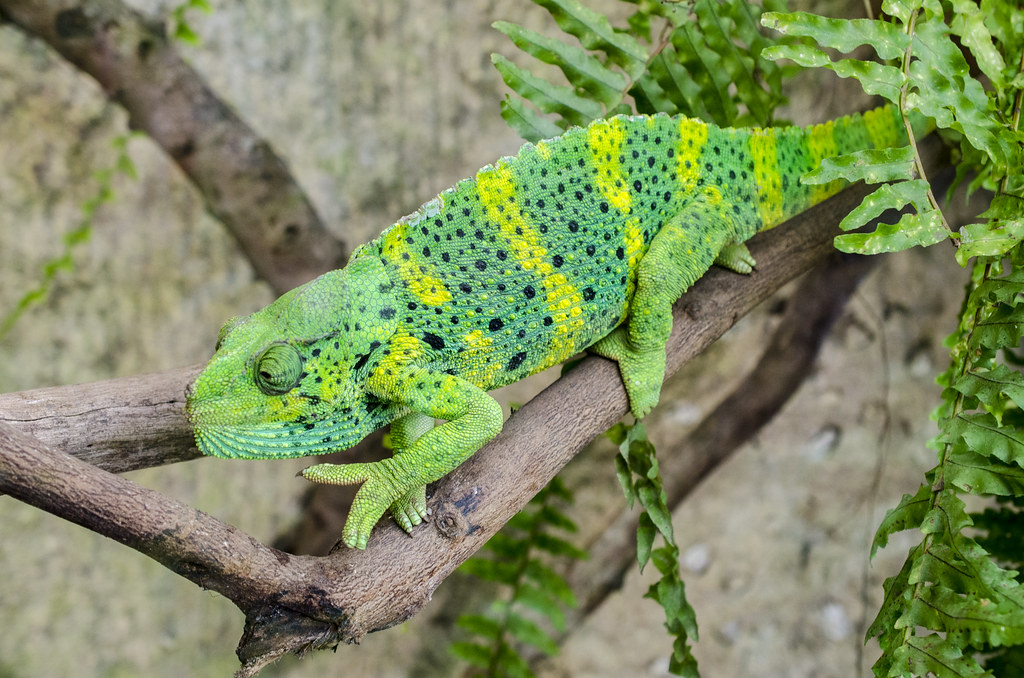
- Where: Southern and East Africa
- Why it’s amazing: The largest African chameleon species by body mass, Meller’s chameleon can grow up to 2 feet long. It’s usually green with white or yellow markings.
- Fun fact: Despite its size, it’s gentle and slow-moving—earning it the nickname “giant one-horned chameleon.”
6. Namaqua Chameleon (Chamaeleo namaquensis)
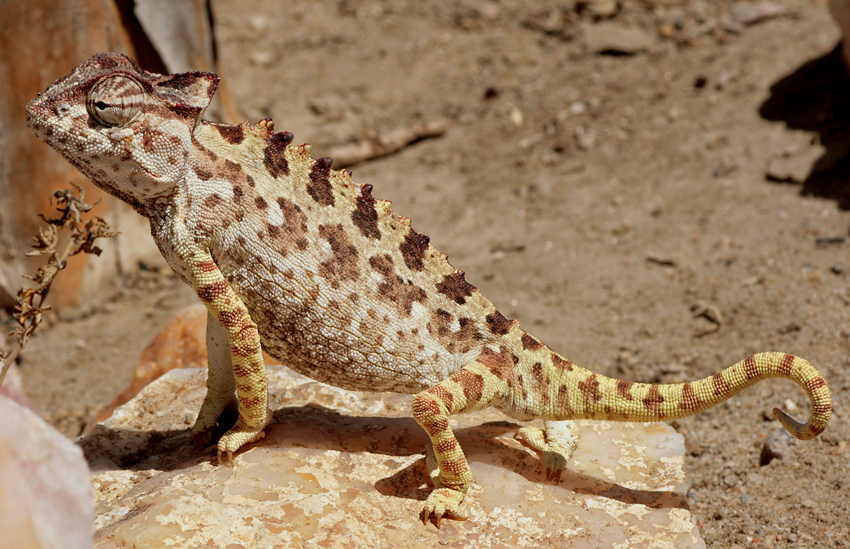
- Where: Namib Desert, southern Africa
- Why it’s amazing: One of the few chameleons adapted to life in hot, arid environments. It walks on sand, eats beetles, and even shifts color to manage its temperature.
- Fun fact: Its dark color in the morning helps absorb heat, and lighter shades during the day reflect it.
7. Oustalet’s Chameleon (Furcifer oustaleti)
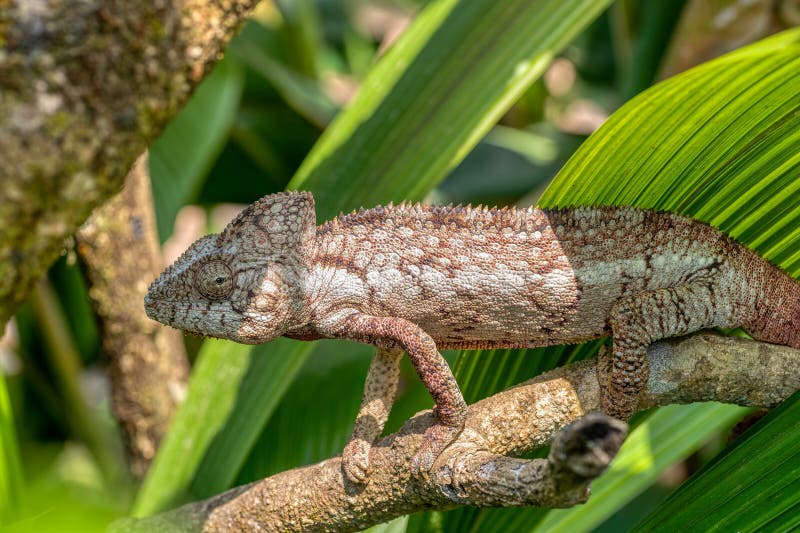
- Where: Madagascar
- Why it’s amazing: Sometimes rivaling Parson’s in size, this chameleon can grow to about 27 inches and is one of the largest in the world.
- Fun fact: It eats more than just insects—occasionally preying on small birds and other lizards!
Final Thoughts
Chameleons are more than just masters of disguise—they’re a wildly diverse family of reptiles that have adapted to nearly every corner of Madagascar, Africa, and beyond. Whether you’re marveling at the tiny pygmy chameleon or the regal horns of a Jackson’s, each species has its own story to tell.
Disclaimer: This blog post is for edutainment purposes only and may not be entirely accurate.






